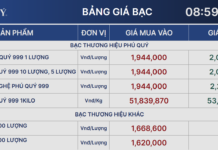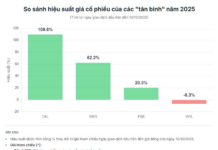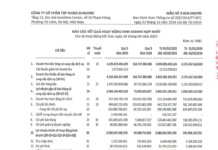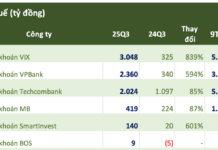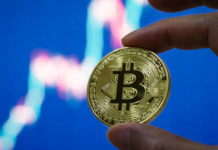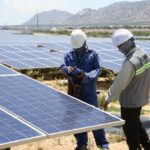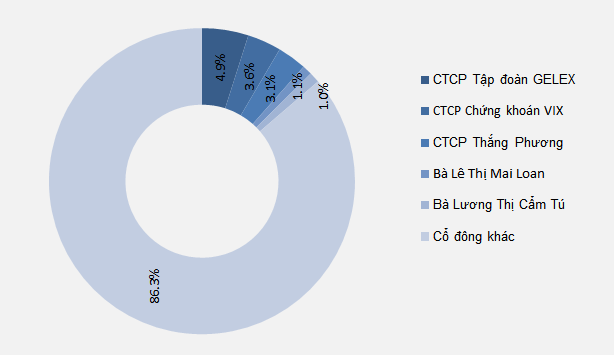Embracing “Green” as a Long-Term Development Goal
According to Ms. Pham Thi Thanh Tung, Deputy Director of the Credit Department for Economic Sectors, the State Bank of Vietnam (SBV) has finalized regulations and orientations on green banking and green credit in line with green growth and sustainable development goals.
Notably, Circular No. 17/2022/TT-NHNN dated December 23, 2022, guides credit institutions and foreign bank branches on managing environmental risks in their lending activities. This implements the tasks assigned in the Law on Environmental Protection (2020) and demonstrates the banking sector’s commitment to environmental protection.
Most recently, the SBV issued Decision No. 1663/QD-NHNN dated August 6, 2024, amending and supplementing several articles of Decision No. 1604/QD-NHNN issued in 2018, approving the Project for Green Bank Development in Vietnam. This decision includes additional content related to green banking, green credit, and specific tasks for related organizations and units. This reaffirms the banking sector’s determination to promote green capital for sustainable development goals.
Thanks to these efforts, Ms. Tung said that credit institutions have changed their perception of sustainable development in banking activities. Statistics as of the end of June 2024 show that green and sustainable credit outstanding balance reached more than VND 680,000 billion, accounting for about 5.4% of total credit outstanding. Some banks have adopted “green” as their long-term development goal.
At Agribank, Dr. Nguyen Thi Thu Ha, Director of the Staff Training School and Deputy Head of the Agribank ESG Steering Committee, said that the bank’s outstanding loans in green sectors such as sustainable forestry, renewable energy, clean energy, and green agriculture have steadily grown over the years. In 2024, Agribank continues to promote green credit growth, especially in agriculture, forestry, and renewable energy. The results of lending to green sectors have been positive, with clean and renewable energy accounting for the largest proportion, at over 50% of the total green credit outstanding balance. These projects are currently very effective and bring environmental and social benefits, as well as boost the local economy.
In the joint-stock commercial bank sector, many banks also allocate significant capital with preferential interest rates for green sector lending. TPBank has just launched a credit package worth VND 5,000 billion exclusively for green projects, with a 0% interest rate for the first three months for renewable energy, transportation, and sustainable agriculture projects. ACB has also deployed a green/social credit package worth VND 2,000 billion since the beginning of 2024, with many incentives for businesses with business plans that benefit the environment and society…

The banking sector is accelerating lending to green projects
Awaiting the National Green Classification List
According to bank representatives, the key factor in their bold move towards green lending is the national green list, which creates unity in the classification of green sectors between the banking sector and other ministries and sectors. This enables banks to identify projects and loans that can be labeled as “green”, determine investment norms, and scale up the implementation of appropriate banking policies, products, and services. However, although the SBV has issued guidance on statistics for green sectors, covering projects and plans in 12 fields, this is not yet the national green classification list. Therefore, credit institutions are still confused about implementing green credit activities.
Regarding this issue, a representative of the Ministry of Natural Resources and Environment – the unit in charge of drafting the national green classification list, said that commercial banks are only financial intermediaries. To enable banks to practice sustainable lending and integrate Environmental, Social, and Governance (ESG) criteria into their business, a green classification list is essential to support banks in identifying and evaluating green projects. This not only helps standardize the banking sector’s processes but also creates transparency in orienting investment flows in the financial sector.
“With the national green classification list, the Ministry of Natural Resources and Environment, after consulting with relevant parties, including the SBV, is urgently completing the draft list and green criteria. Hopefully, it will be issued in the remaining months of 2024,” the representative added.
In addition to the motivation from the national green classification list, experts emphasize the need for a mechanism to encourage and prioritize credit institutions developing green credit. Investing in green sectors, especially renewable energy, energy efficiency, clean energy, and green construction, requires high capital investment and a long payback period. Meanwhile, the lending capital of domestic credit institutions is usually from short-term mobilized capital, pure commercial mobilization capital with high costs. The challenge also lies in balancing capital and meeting the requirements to ensure the ratio of short-term capital for medium and long-term loans according to Circular No. 08/2020/TT-NHNN amending and supplementing Circular No. 22/2019/TT-NHNN stipulating the limits and ratios to ensure safety in the operation of banks and foreign bank branches.
Another obstacle in green transformation lending, according to Mr. Ha Huy Cuong, Deputy General Director of Nam A Bank, is that enterprises must self-identify and build roadmaps, while the foundational support related to this issue is still very limited. Therefore, banks have to hire foreign consultants to help enterprises build strategies and operating procedures with responsibility from the beginning, which incurs high costs.
Green Deposits: BIDV Successfully Raises VND 5,000 Billion
In just over two months since its launch, BIDV’s ‘Green Deposit’ product has garnered an enthusiastic response from businesses and banks alike, successfully raising VND 5,000 billion.

